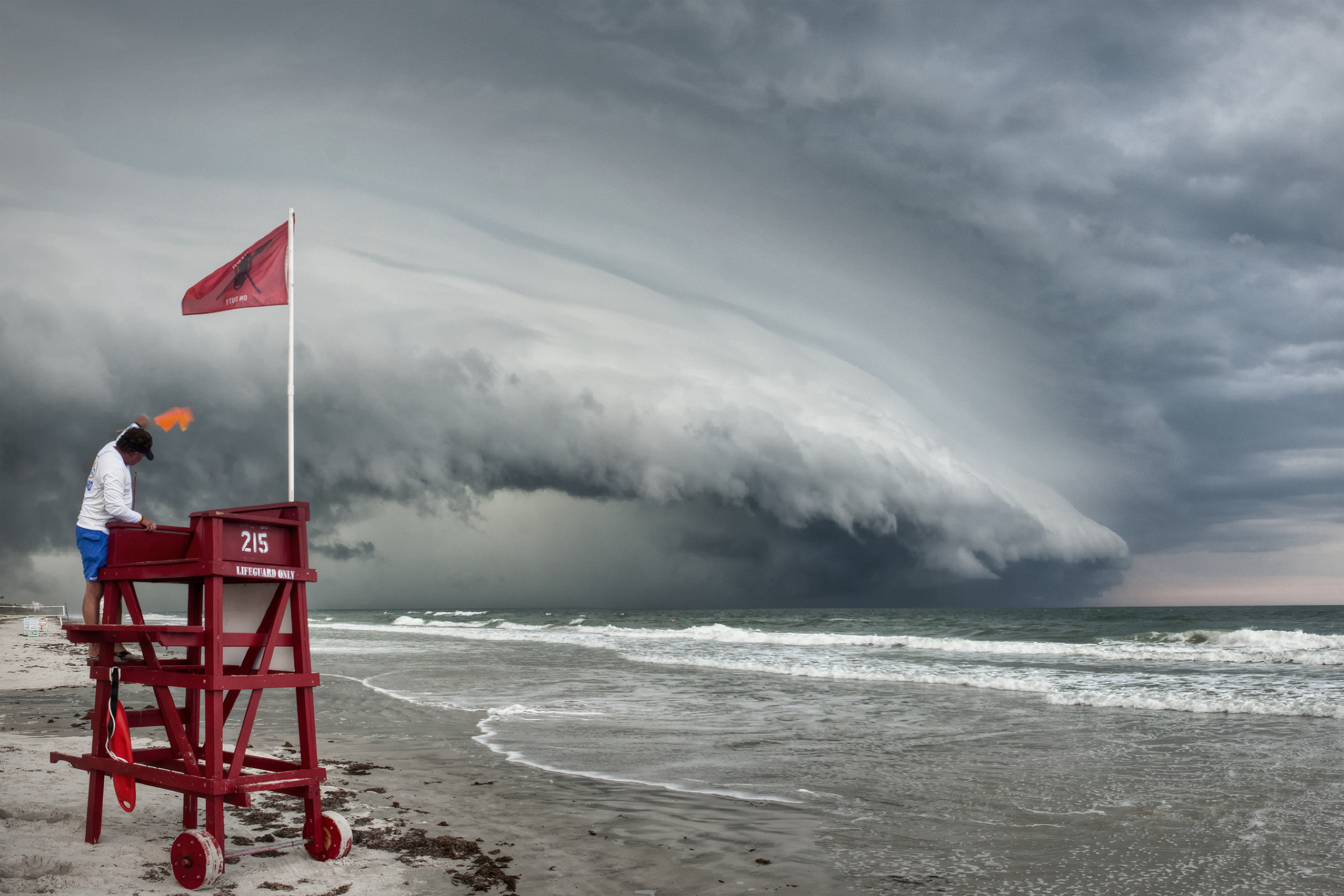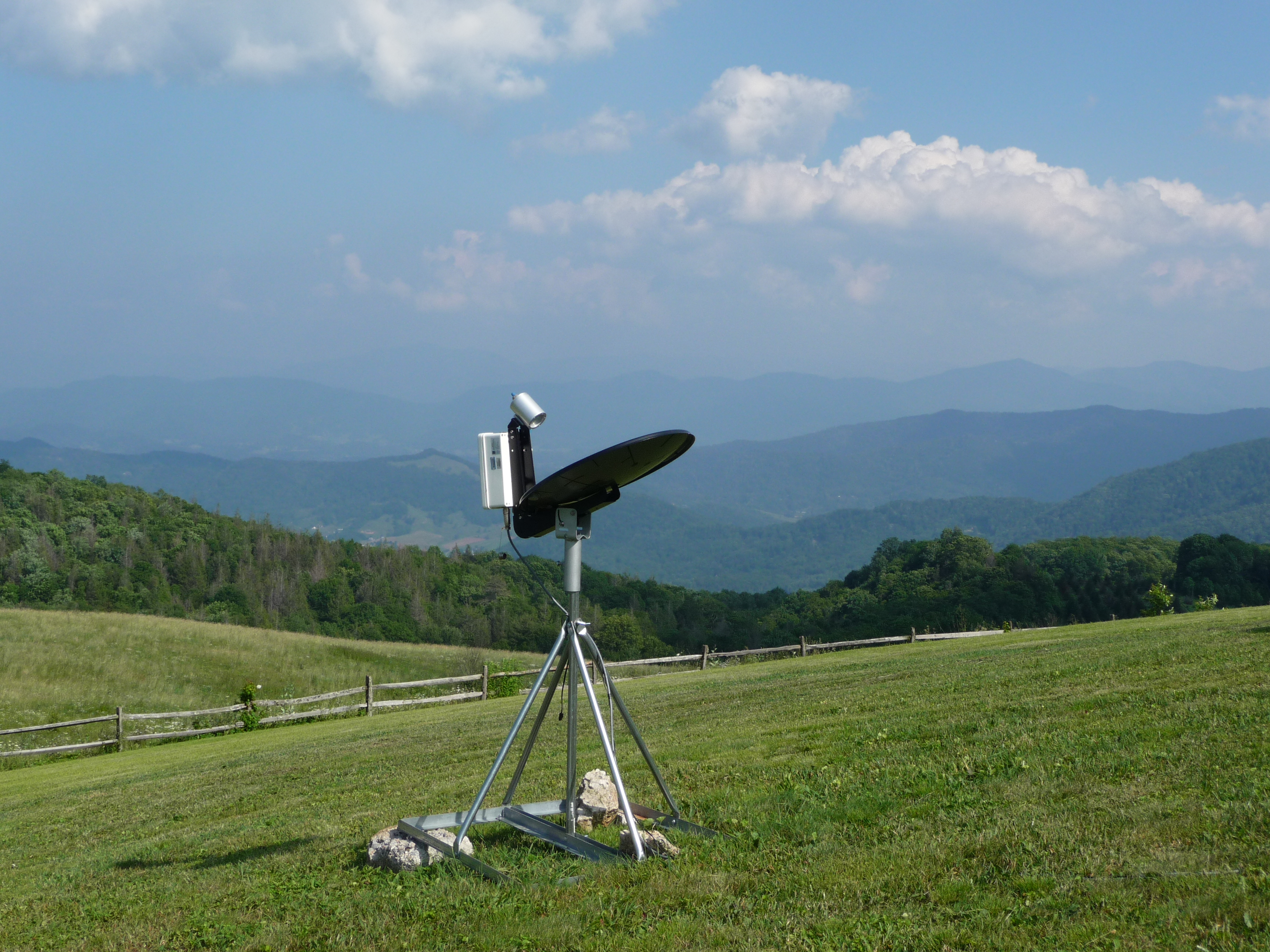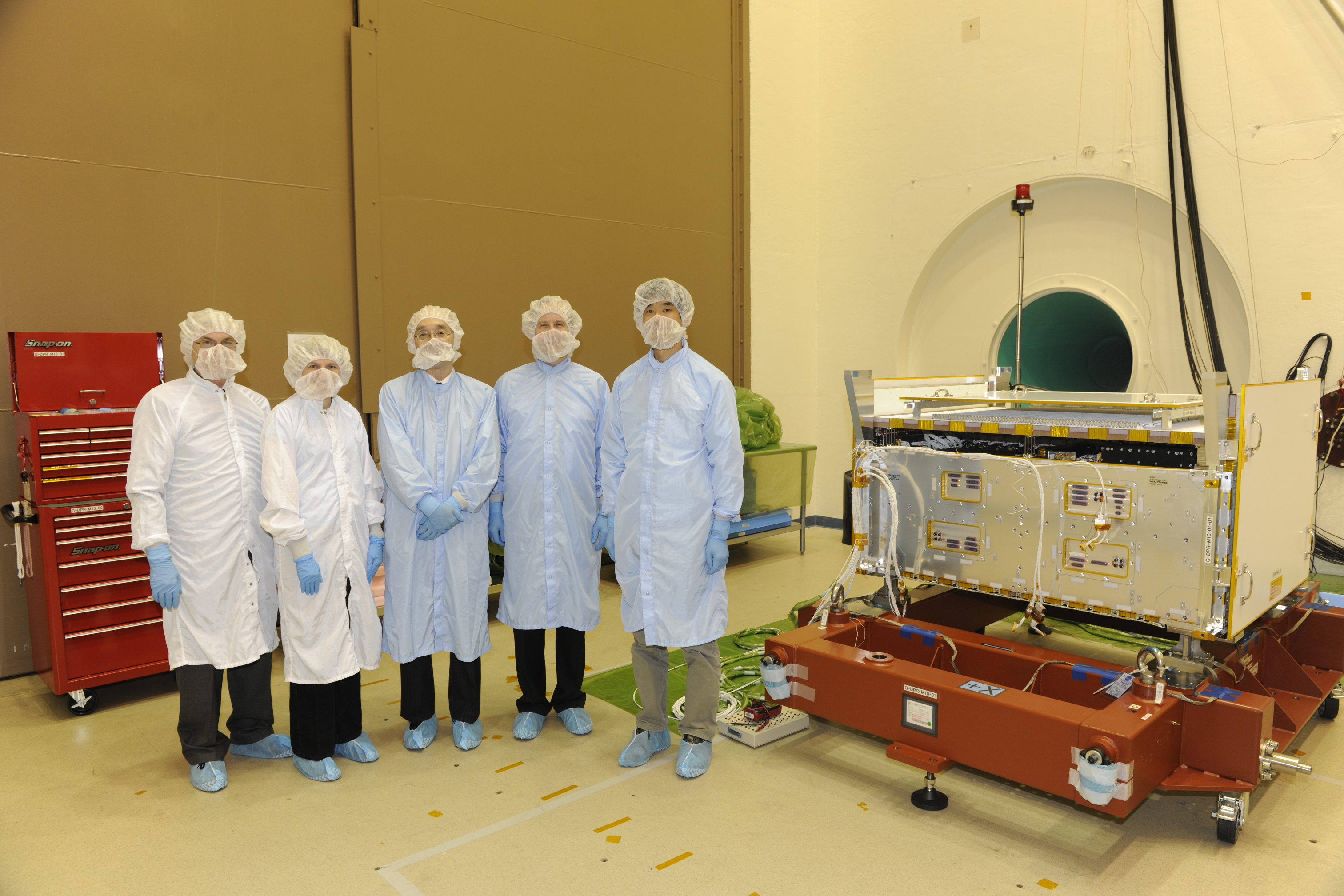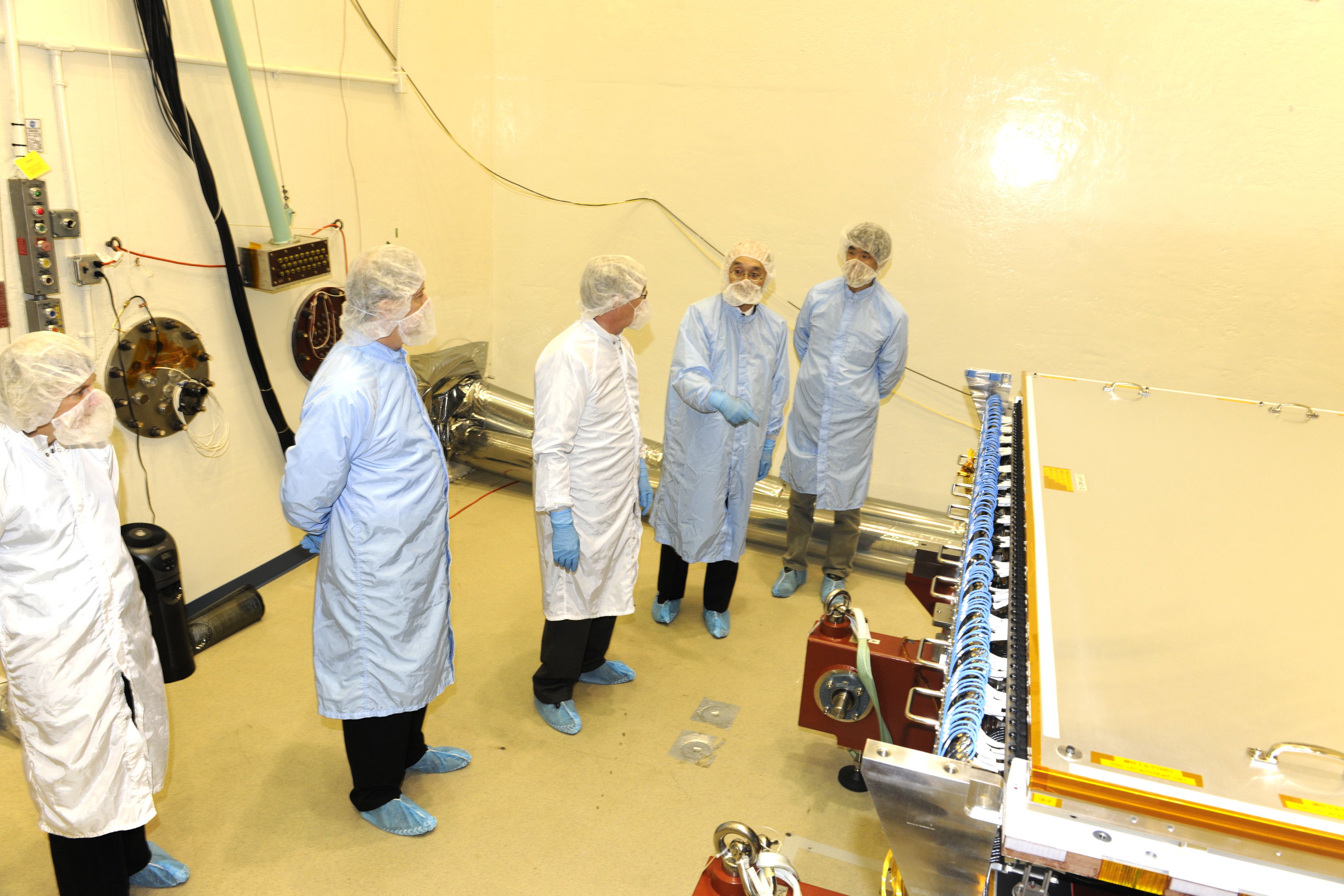Ormand Shelf, by Jason Weingart

Date and Location:
May 15, 2012
Ormond Beach, Florida
How this Photo Was Taken:
“I'm a photography student at the University of Central Florida. I began chasing storms a little over three years ago. This day started out like many other days. I was out on a storm west of the coast, photographing it even as the National Weather Service issued a severe warning. The NWS lifted the warning, but I decided to stick with it as it moved to the coast. Just as it started to move offshore to the east, it made a turn to the south.








